- Login
Critical Spatial Practice
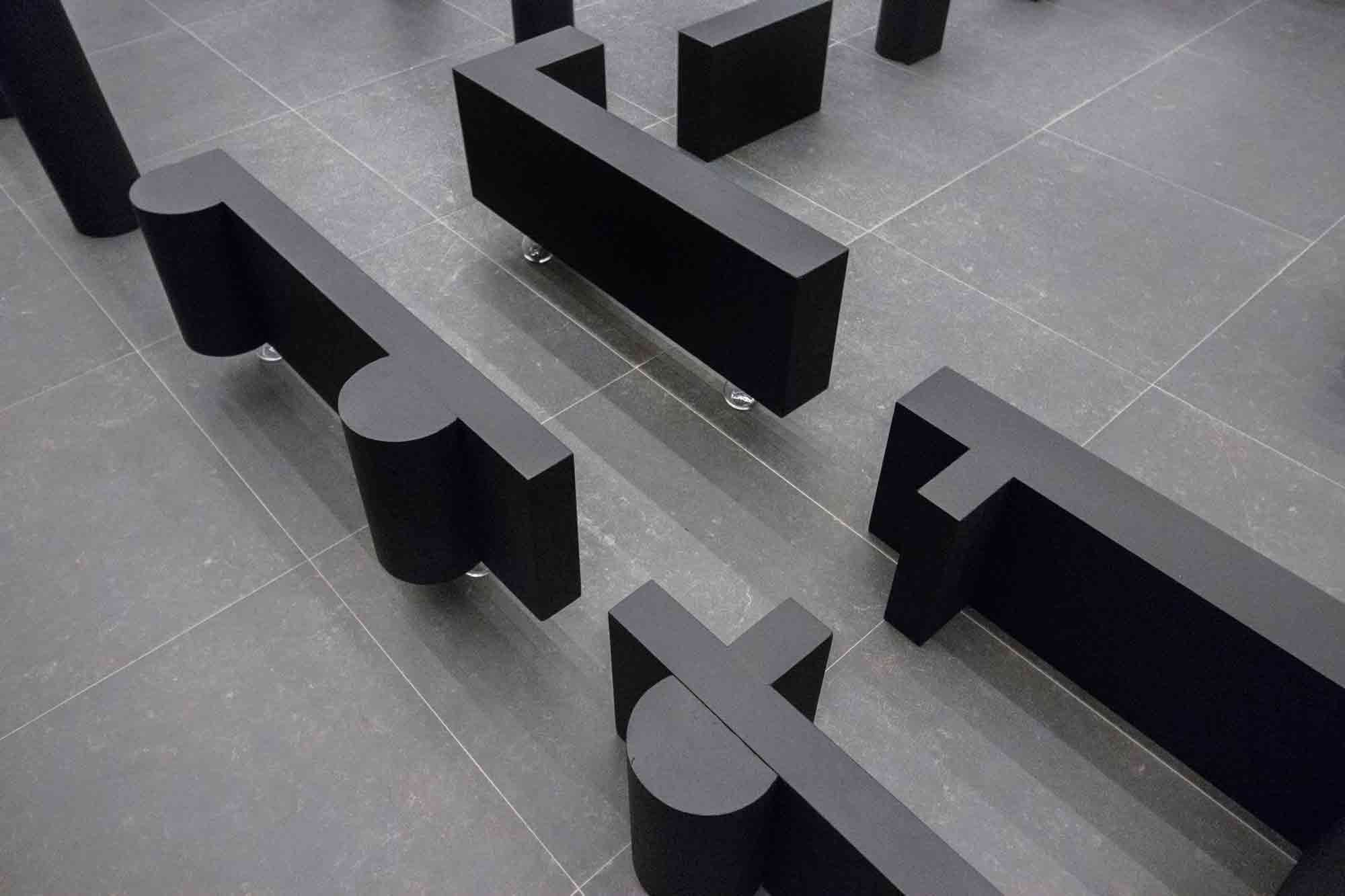
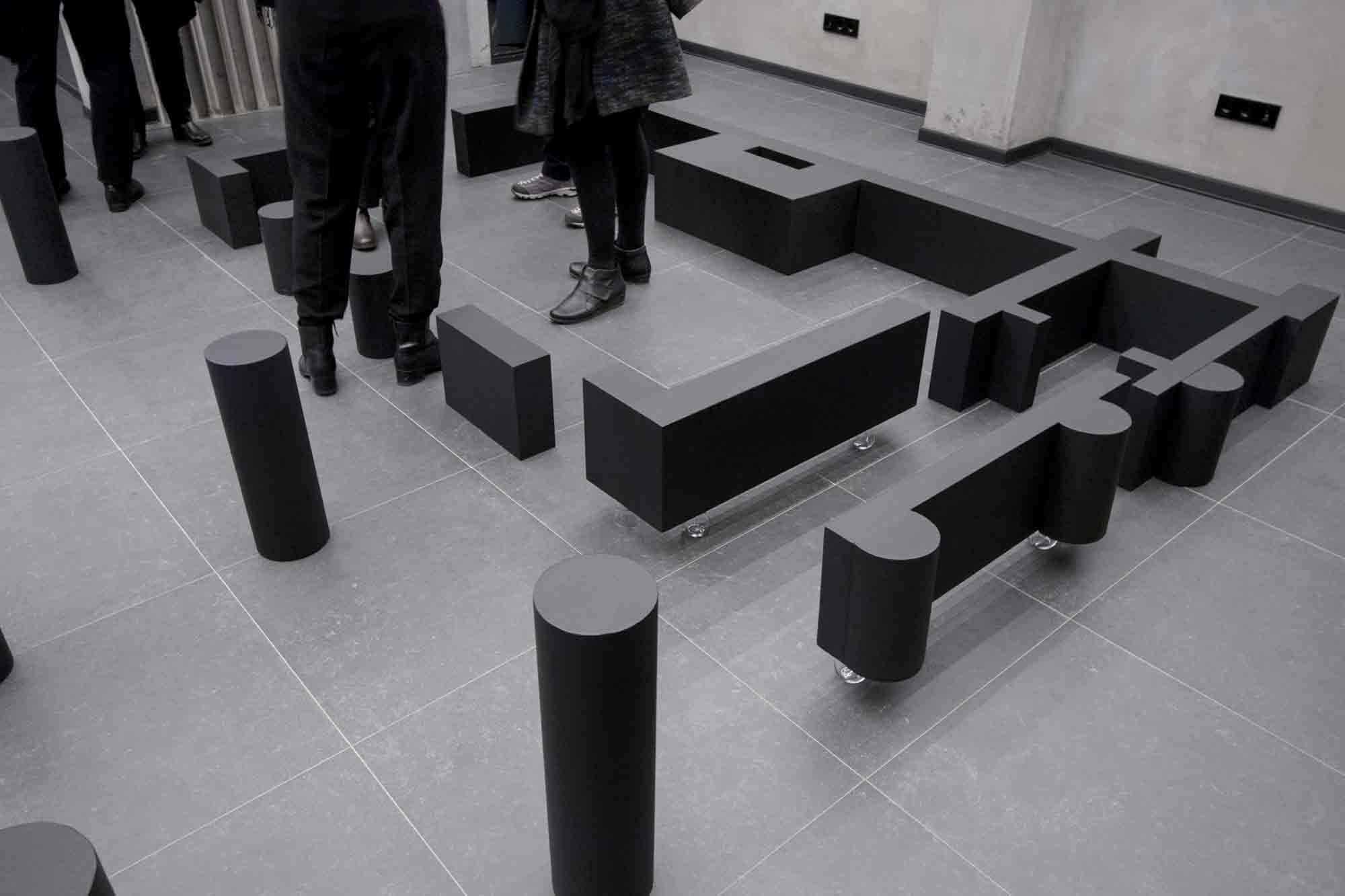
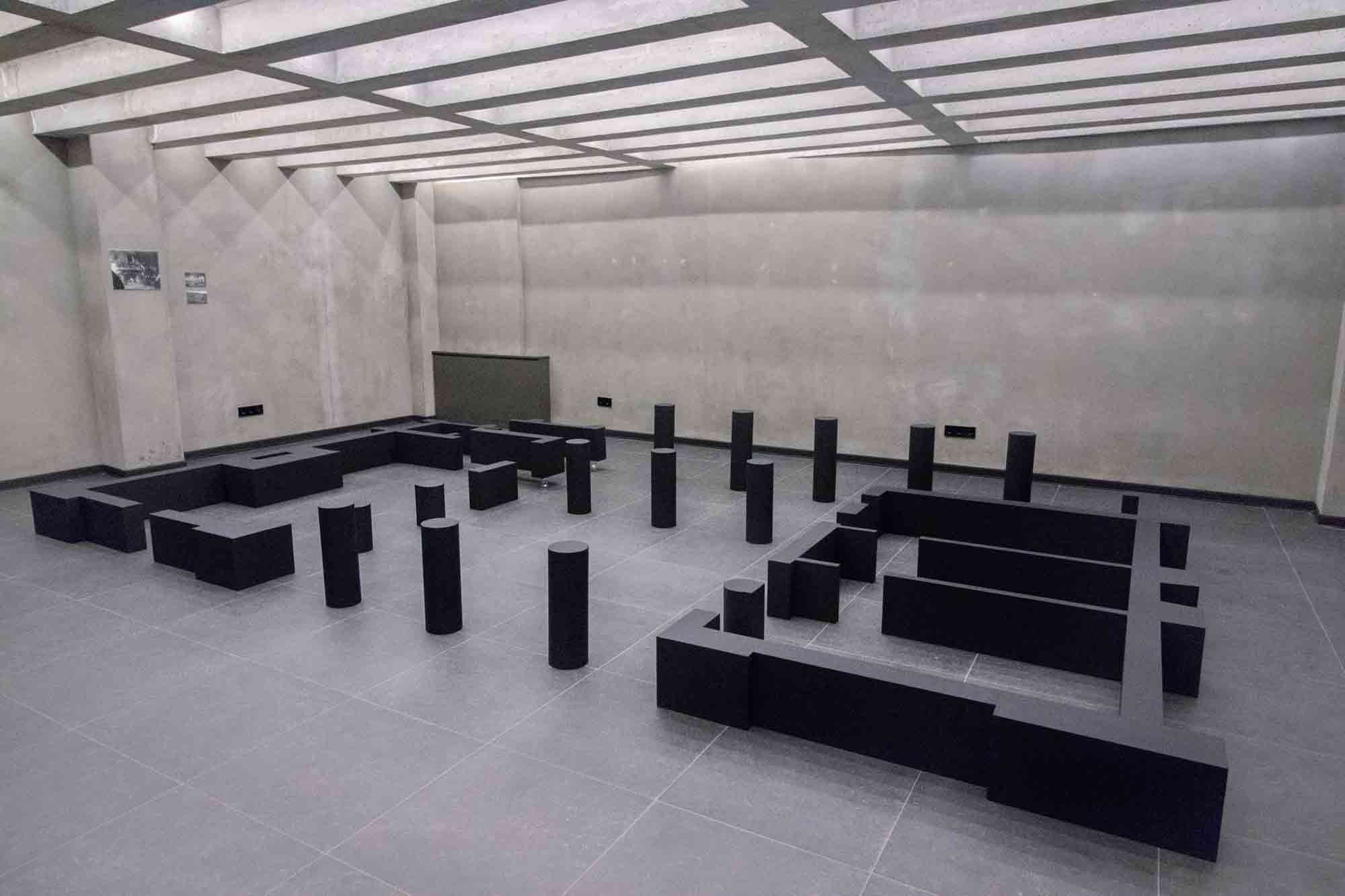
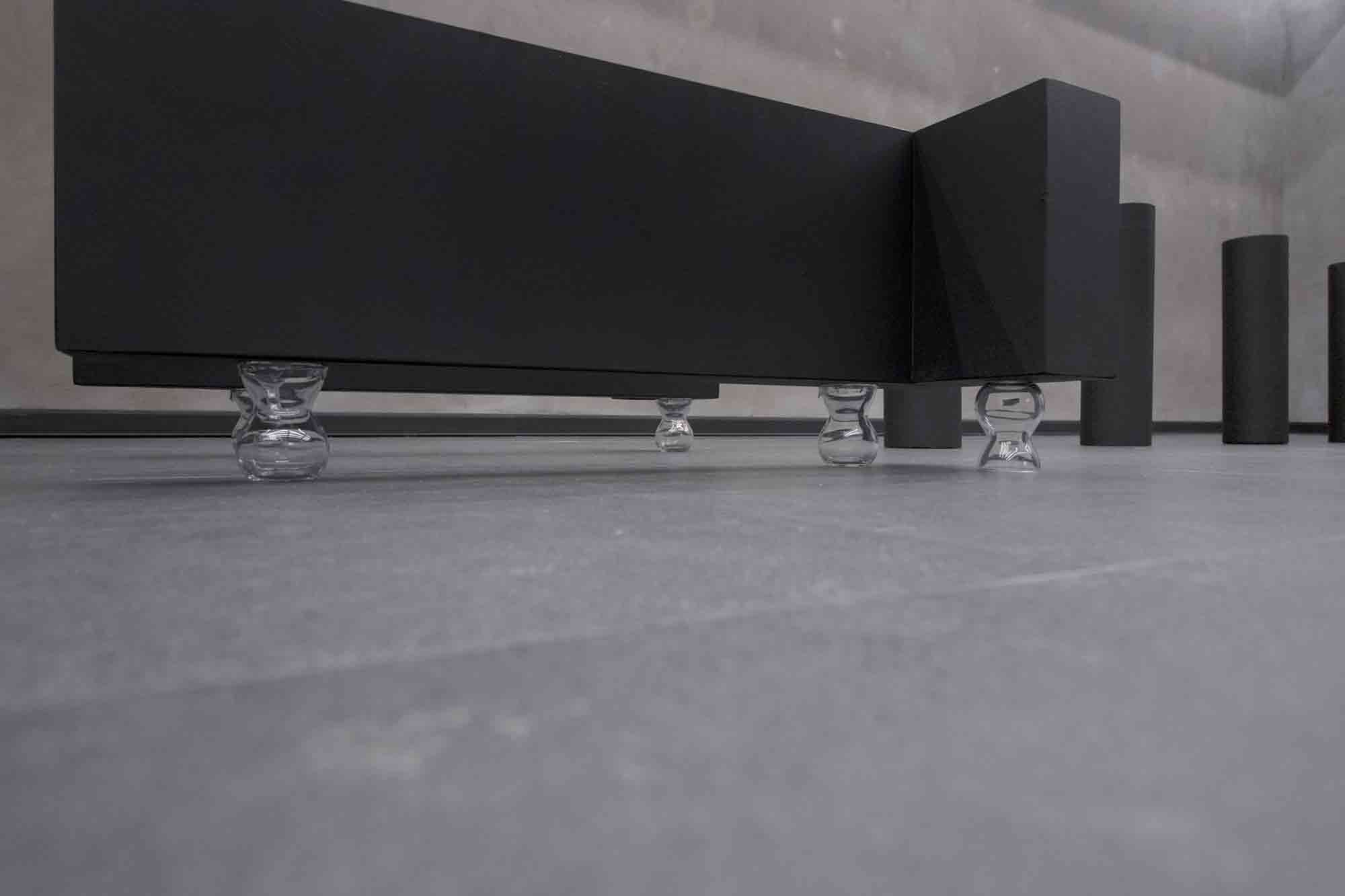
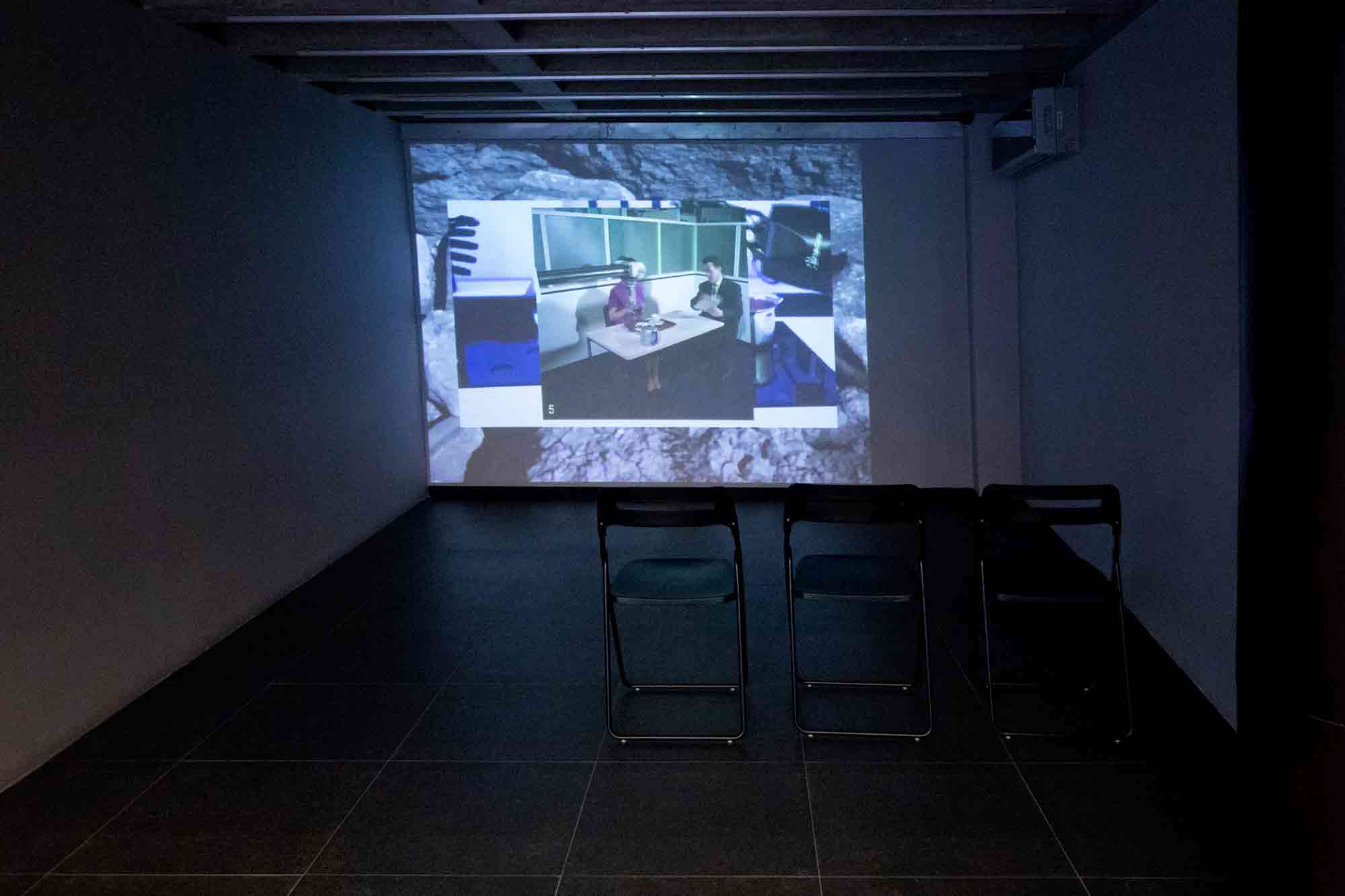
As part of a series of works and speculative research on feminist spatial utopias The House Alice Built responds to the Kitchenless House (1915) by architect Alice Constance Austin. In exploring the process of subtraction (n-1, apartment minus kitchen), the installation aims at a methodological activation of emancipatory ideas and practices to reshape our shared […]
As part of a series of works and speculative research on feminist spatial utopias The House Alice Built responds to the Kitchenless House (1915) by architect Alice Constance Austin. In exploring the process of subtraction (n-1, apartment minus kitchen), the installation aims at a methodological activation of emancipatory ideas and practices to reshape our shared spaces.
A summary of the work for a general audience (up to 300 words)
Informed by feminist theories and practices, The House Alice Built is a spatial intervention set up as a methodological approach to reimagine our ways of living together. It departs from a research into an early modernist urban utopia: a residential building that was designed without a kitchen by Alice Constance Austin for a socialist community in California at the beginning of the 20th century. The architect eliminated the kitchen from the private dwelling, in order to communalize it. A central kitchen, serving the whole community, was instead be operated through paid professionals. The intention was to change not just the life of women and their situation of unpaid and invisible housework but also the social relations between the community members and their environment. The utopian model and the community only existed from 1913 to 1917.
We have been particularly interested in the operation of subtraction. As a method that removes a piece, an element, a room, a function, or a protagonist (1) from a given context (n) to reset its relations and structures, we think of n-1 as a politics of form. We are exploring projects that have removed the kitchen from the apartment, Romeo from Romeo and Juliet, the state from democracy; we find especially strong the n-1 drafts that formulate not Modernist major projects but concepts of minor operations that however allow for new spatial connections and relations. In eliminating elements that separate social spheres they potentially allow for more open social, political, and aesthetic concepts and spaces.
Based in Berlin, Asli Serbest and Mona Mahall have been working as a collective since 2007. In their research-based practice they reflect and produce space through various media: architectures, exhibitions, installations, scenographies, as well as (video-)texts, concepts, and publications. Their projects are explorations of particular past, present and future contexts and aim at negotiating the evolving relationship between architecture, art, and the political.
They exhibit and publish internationally, among others at Biennale di Venezia, 2012, 2014, 2019; Württembergische Kunstverein Stuttgart, 2015, 2018; Riverrun Istanbul, 2018; Pinakothek der Moderne, Munich, 2017; Storefront for Art and Architecture, New York, 2014, 2015; HKW, Berlin, 2012; Vancouver Art Gallery, 2013; Künstlerhaus Stuttgart, 2013; New Museum, New York, 2009; in e-flux journal, Volume Magazine, Perspecta, The Gradient–Walker Art Center, Istanbul Art News, AArchitecture, Deutschlandfunk, etc.
They were the curators of the 7th International Sinop Biennial 2019.
They are the authors of a book on the speculative character of modern architecture (How Architecture Learned to Speculate, 2009) and the editors of Junk Jet, an independent magazine on architecture, art, and media. They have taught as professors in Foundations of Design and Experimental Architecture at the Stuttgart State Academy of Art and Design, Architecture at Cornell University and Spatial Dynamics at Rhode Island School of Design.
Subtraction is directed against the logic of continuous growth and addition. It is a vitalist, not a negative, form: the operation of elimination activates ‘potentialities of becoming.’ It is capable of creating spaces of independence and autonomy from the dominant laws of the situation.
n-1 has the potential to open up a gap in ‘the history we live, the history that has been imposed on us, [that] is nothing other than the result of the other histories that this very history had to oust in order to affirm itself.’ (Carmelo Bene)
Alice Constance Austin, The Kitchenless House, 1915
Carmelo Bene: various adaptions of Shakespeare: Romeo and Juliet, Richard III, One Hamlet Less, (1970s)
Deleuze: One Manifesto Less, 1979 (first published in French, Un manifeste de moins, in: Superpositions, Gilles Deleuze and Carmelo Bene, Editions de Minuit, 1979)



































































